Planetary Science
-
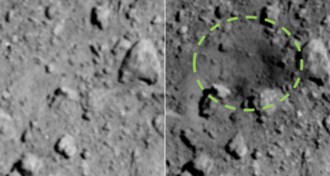 Planetary Science
Planetary SciencePictures confirm Hayabusa2 made a crater in asteroid Ryugu
Hayabusa2’s crater-blasting success, confirmed by an image beamed back from the spacecraft, paves the way to grab subsurface asteroid dust.
-
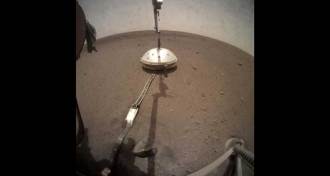 Planetary Science
Planetary ScienceNASA’s Mars InSight lander may have the first recording of a Marsquake
NASA’s InSight mission appears to have detected a Marsquake for the first time.
-
 Planetary Science
Planetary ScienceReaders ponder Opportunity’s future, animal consciousness and more
Readers had questions about NASA’s Opportunity rover, pollen shapes and more.
-
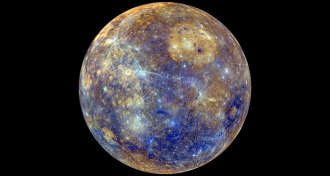 Planetary Science
Planetary ScienceMercury has a massive solid inner core
The distribution of Mercury’s mass and small stutters in the planet’s spin suggest it has a giant solid inner core.
-
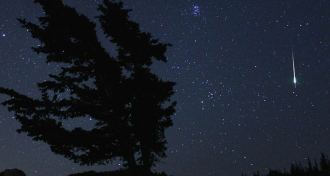 Planetary Science
Planetary ScienceA 2014 meteor may have come from another solar system
Scientists have identified a possible interstellar meteor, and think it could be one of millions that have visited Earth over the planet’s history.
-
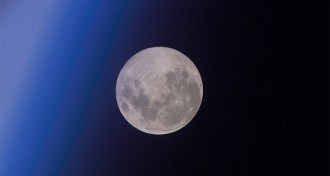 Planetary Science
Planetary ScienceMeteor showers dig up water on the moon
Meteorites release water from the moon’s soil, hinting that the moon has water buried all across its surface.
-
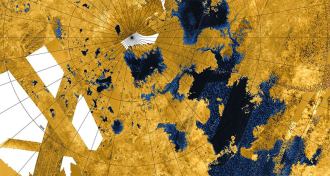 Planetary Science
Planetary ScienceSaturn’s moon Titan sports phantom hydrocarbon lakes
Three lakes on Saturn’s moon Titan have pulled a vanishing act, a study finds.
-
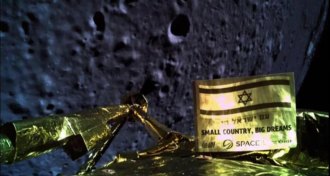 Planetary Science
Planetary ScienceIsrael’s first moon mission lost moments before landing
The spacecraft’s engine cut out just before it was to touch down in the Sea of Serenity.
-
 Science & Society
Science & SocietyThe delight of discovering an asteroid that spits
Editor in Chief Nancy Shute discusses recent news about the asteroid Bennu and Kuiper Belt–object Ultima Thule.
By Nancy Shute -
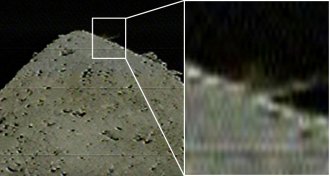 Planetary Science
Planetary ScienceHayabusa2 has blasted the surface of asteroid Ryugu to make a crater
Japan’s Hayabusa2 spacecraft shot a projectile at Ryugu. Next: collecting asteroid dust from the probable impact crater left behind.
-
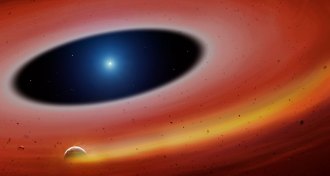 Astronomy
AstronomyThis planetary remnant somehow survived the death of its sun
A small, sturdy piece of planet survived the collapse of its sun and now orbits the dead star.
-
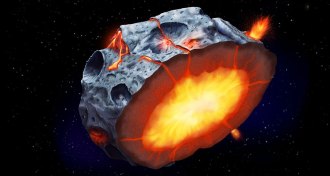 Planetary Science
Planetary ScienceMetal asteroids may have once had iron-spewing volcanoes
Two groups of scientists introduce the idea of “ferrovolcanism,” or iron volcanoes, that could have occurred on metal asteroids like Psyche.